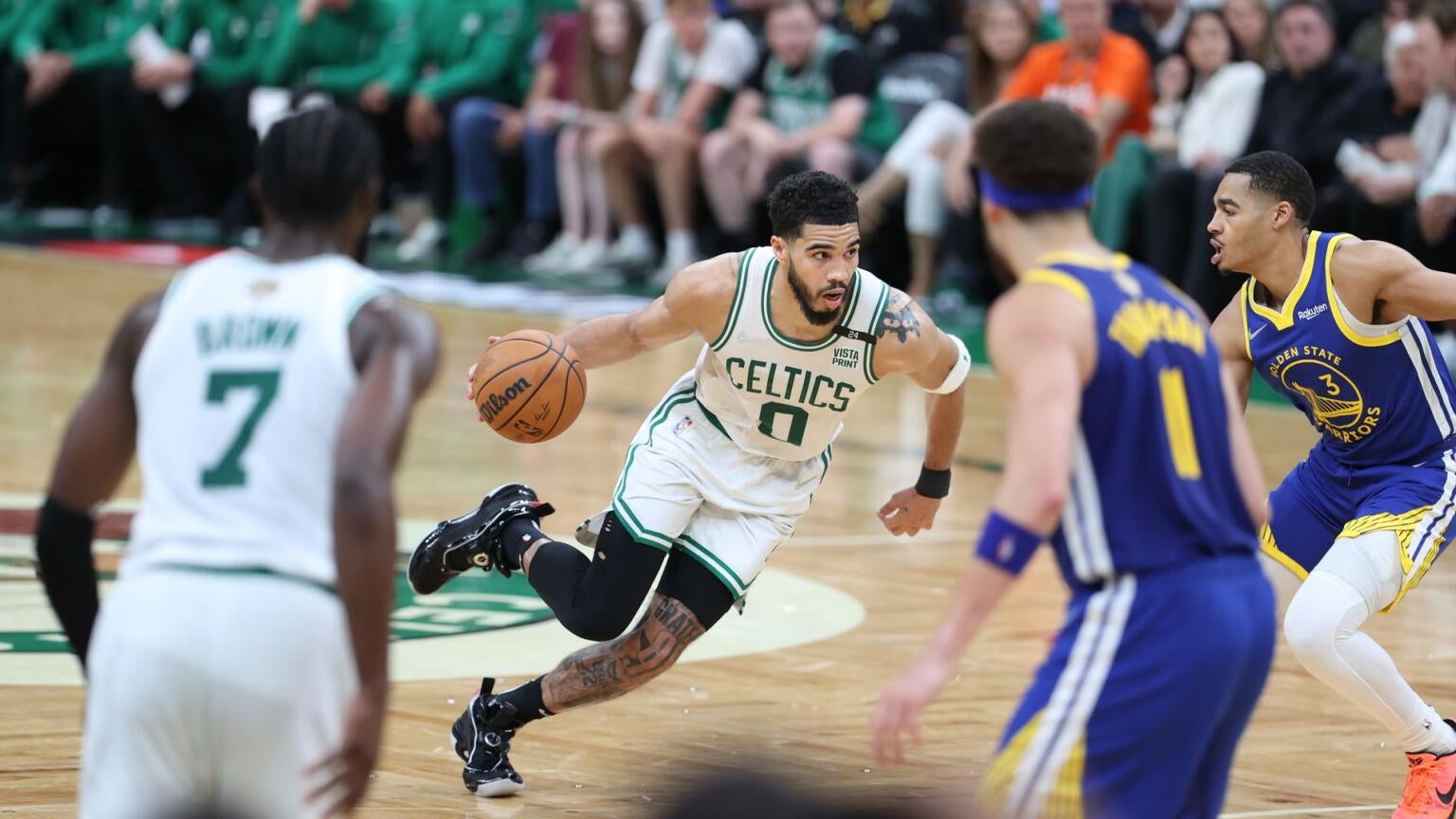Cord Cutting Has Doomed Regional Sports Networks, but Revenues May Keep Teams Invested a While Longer

There are several factors keeping major sports like the NFL, MLB, NBA, NHL, and others from transitioning to a streaming-only format. Most of these issues involve money in some form or other, and there are complex broadcasting rights agreements to sift through as well.
Sooner or later these issues will all be untangled and ironed out, but it could take a while. One of the reasons viewers have become so accustomed to seeing live sports on cable or satellite is regional sports networks (RSNs). For decades, RSNs were the best way to access local sports teams, and, in many markets, they were the only way to watch live games.
Thanks to the acceleration of cord-cutting, however, the RSN model has become financially unsustainable. One survey from mid-February indicates that over half of American households do not have cable or satellite, and that’s a big problem for RSNs. Fewer cable subscribers mean fewer viewers for RSNs, which means less money in carriage fees and advertising revenue. Those losses are leading advertisers to shift their budgets to more digital ads, which makes it harder for RSNs to generate revenue in the future.
Acquiring the rights to show games is also becoming more and more expensive. With costs rising, and revenues falling, it’s hard to escape the conclusion that RSNs cannot survive much longer in the increasingly digital entertainment ecosystem.
RSN operators are taking notice of these trends, as well. Warner Bros. Discovery recently sent a letter to all the teams whose rights are owned by its AT&T SportsNet RSNs that it wanted to be released from its financial obligations to those teams. In exchange, it would send the broadcast rights back to the teams in question. Teams could decide to take on broadcasts of games themselves or sell the rights to another media outlet.
Bally Sports’ collection of 19 RSNs has made no such offer to the teams they cover. Diamond Sports Group, which owns the 19 Bally Sports RSNs, is currently in the midst of negotiating a debt restructuring plan in bankruptcy court, in the hopes of convincing its constituent teams that it has a clear-cut plan to meet its financial obligations and continue to air games.
So why haven’t sports leagues simply cut their losses and moved on from RSNs? In short, because there’s still too much money involved. A recent Sports Business Journal article indicates that one NBA executive estimated their team’s rights fee revenues could drop from the mid $30 million range to around $8 million per season if it went to a streaming-only format. Advertising may be shifting more to the digital space, but not to the degree where teams will see equivalent revenues on streaming that they’ll get from linear TV sources like RSNs.
That could help explain why the NBA recently renewed its rights deals with Diamond Sports, despite its looming bankruptcy. Thankfully for fans, even with all the issues surrounding RSNs, there should be no disruption in the offering of live games. Pittsburgh Pirates chairman Bob Nutting, whose team is one of those affected by the exit of WBD from AT&T SportsNet RSNs, has assured fans that games will air somewhere as scheduled.
“On Opening Day, you’re gonna be able to turn on the TV and watch the game,” Nutting told The Athletic. “I’m not sure who’s going to own the RSN, but the broadcast is going to come on. I don’t see any chance we’re going to lose the broadcast. I just don’t think that’s realistic. We have been working for over a year on contingency plans.”
The offering of more games via streaming is definitely a part of those contingency plans, according to baseball commissioner Rob Manfred. Manfred has indicated that the league would use MLB Network and MLB.TV to make up for any shortfalls created by RSNs being unable to meet their contractual obligations and broadcast games. That could mean in-market games are available to stream on MLB.TV, which has heretofore been a strictly out-of-market games service.
“We would also be seeking flexibility on the digital side so that, when you look at MLB.TV, you could buy your out-of-market package like you always had,” Manfred said, “but have the option to buy up into in-market games, something the fan has never had before, which I see as a huge improvement for fans.”
All in all, sports leagues seem ready to execute a plan that includes offering more games to fans via streaming when the RSN market is finally finished. But RSNs will continue to hang around for a while longer, and teams will keep doing business with them as long as they see a financial benefit to doing so.
